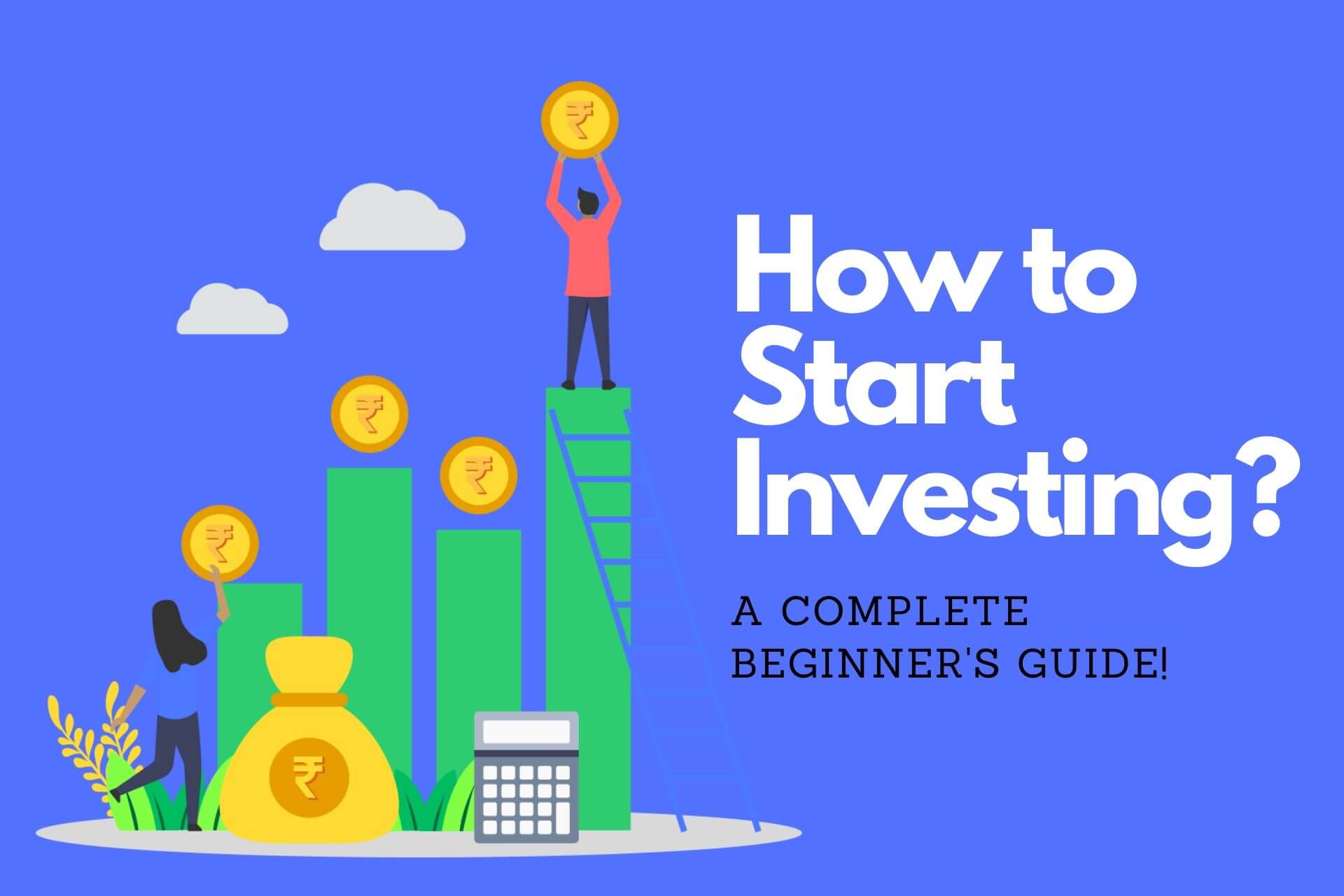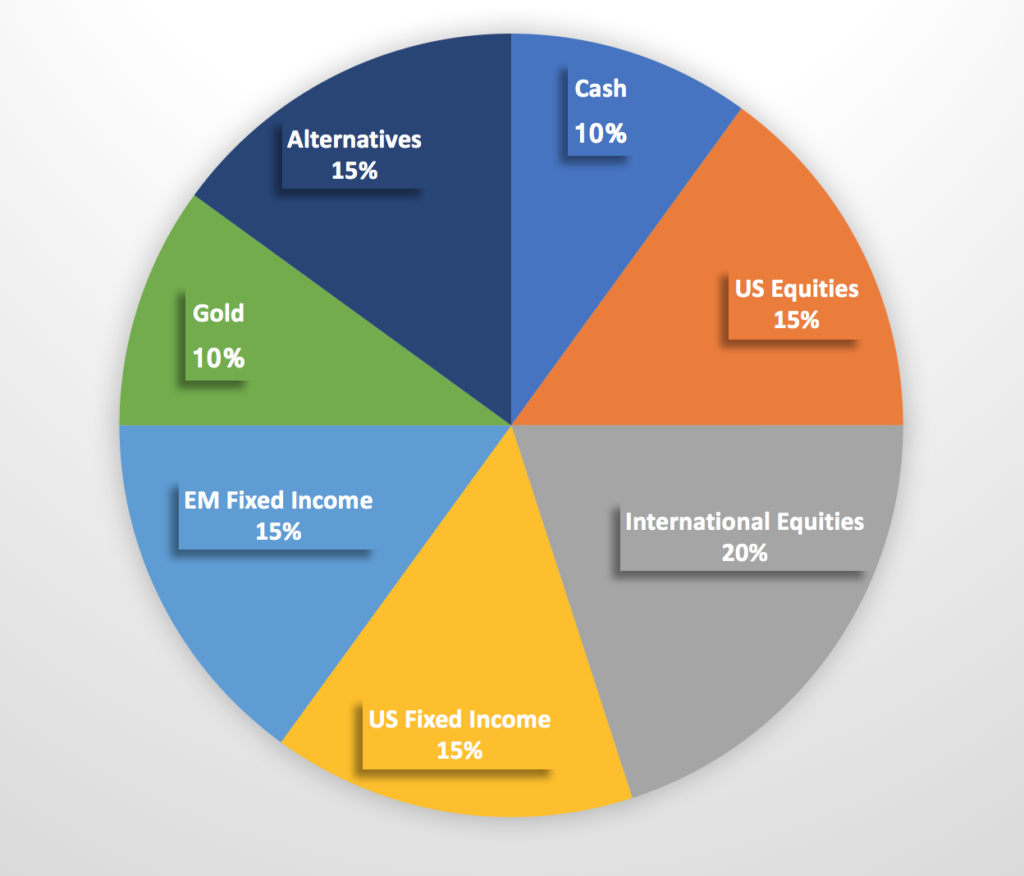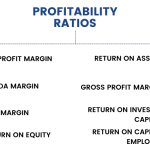
How to start investing in share market

Profits from the stock market can be made with your own analysis though you can take others opinion for your decision. In this article, I am going to guide you through a step by step approach to select great stocks and how to start investing in the share market.
Let’s see a step by step guide on how to invest in the share market
- Screening and Filtering the right stocks using Financials
- Select the companies that you understand
- Look for companies with sustainable Moat
- Find Low Debt Levels Companies
- Use financial ratios RoE and RoCE to identify the right stocks
- Honest, Transparent, and Competent Management
- Find the Right Price to Buy the Stock
You can learn about stock investments with as little as Rs. 5000 investment. If you don’t have demat account, then I would suggest you to open demat & trading account, now a days many players in the market with new technology who provides for offering the same day and free demat account opening.
Learn the approach and apply with 5000 investment, if you make 5,000 profits in the first year then the same approach can be applied with Rs. 5,00,000 investment to make Rs. 5,00,000 as profits in the future.
You can follow my approach even with minimum or no knowledge of financial statements at all. You can find great stocks with little smartness and basic knowledge of the business.
Types of Investing

There are Before two different methods to make profits in the markets and which of the two methods is practised by the majority of the leading investors across the world to create wealth for themselves.
- Trading
- Value Investing
Trading and value investing are different thing which has to be understand by a investor before investing in stock market. Trading focuses on making frequent profits over a shorter time frame irrespective of the rising(bull) or falling(bear) markets.
During rising markets, trading involves buying at a lower price and selling at a higher price within a short period of time. They make profits in falling markets by selling at a higher price and buying at a lower price, also referred to as short.
Since, trading style involves entering and exiting at a shorter time frame, the holding period of the stocks is no more than few minutes or just a day or in some cases a maximum of few days. People practising trading style make use of tools like technical analysis that makes use of complex indicators such as moving averages, stochastic oscillator to forecast the future price movement of the stocks.
Trading can be dangerous (heavy loss-making) because of the huge volatility in the stock prices. If you do not have a clear strategy and are not fast enough you could end up with huge losses, wiping out all your money.
Value investing’s biggest advantage investors gain by holding stocks for such long periods is the advantages of dividends, stock splits, and most importantly dramatic rise in stock’s price levels as the underlying business (of that stock) grows profitably over the years.Such stocks are referred to as multi-baggers for the multifold returns that they generate for value investing practitioners.
The other advantage value investing offers over trading is that one gets to ride out the fluctuations in the stock price caused either by external events or business downtrends with the belief that the stock price will eventually recover and reward the investors with handsome profits.
People practising value investing make use of fundamental analysis to draw conclusions about investing in a stock. In fundamental analysis, you ignore the daily price fluctuations but instead focus on studying the underlying business of the company, the sector in which it is operating in, its financials, the quality of management, and more.
Whereas people who practise trading aim to make a quick 10 to 20% return on a stock and then sell it off to move onto other. This way you might be able to make profits but never create wealth.
Income Tax Benefits
With trading, you end paying 15% short-term capital gains tax on every profit transaction you make since your holding period of the stock is definitely less than 1 year. Whereas, with value investing, your capital gains tax is 10% irrespective of your profit being Rs 100 crores or Rs 100 when you hold the shares for more than one year.
Step by Step approach to Invest in Share Market

1. Screening and Filtering the right stocks using Financials
There are thousands of stocks listed on BSE and NSE and it’s almost impossible to investigate each and every one of them by going through their entire financial information. Therefore, for your initial consideration, you can use the below easy to implement screening criteria to filter out those stocks whose fundamentals look strong as below
- Market Cap > Rs 500 cr
- Sales and Profit growth >10%
- Earnings Per Share(EPS) growth rate is increasing for the past 5 years
- Debt to Equity Ratio <1
- Return on Equity(RoE) >20%
- Price to Book value(P/B) <= 1.5 or low compared to peer companies within the same industry
- Price to Earnings(P/E) < 25 or low compared to peer companies within the same industry
- Current Ratio > 1
These informations are really available on Online screener tools available on financial platforms like Money control and EquityMaster.
2. Select the companies that you understand
Now that based on point 1 you have filtered out stocks with good fundamentals from rest of the companies, learn more about these stocks by reading about the underlying company as much as you can. Learning more about the company will help you to understand the company’s business and will provide answers to three key questions
- Is the company’s business simple?
- Do I understand the product/service?
- Do I understand how the business works and makes money?
The business model of the company should be simple and the company should excite you.
Lastly, if you do not find any stocks (companies) that you can right away understand, spend time studying the company and its sector.
3. Look for companies with sustainable Moat
In business terminology, Moat is the competitive advantage that one company has over the other within the same industry. The wider the moat, the larger the competitive advantage of the company and more sustainable the company becomes. Which means, it would be very difficult for the competitors to displace that company and capture its market share.
Now, that’s a stock(company) you would want to select and invest in.
Examples of this Moat can be brand power, intellectual property rights and patents, network effects, govt. regulations controlling barriers to entry, and many more.
For example – TATA Motors has a strong brand name, pricing power, patents, and huge market demand that give it a wide moat which acts as barriers against other companies.
So, look out and identify such companies with strong moats in the initial days.
4. Find Low Debt Levels
Large debt levels pose a significant risk to the company. Couple of screening criteria which we used to filter the stocks were Debt to Equity Ratio and Current Ratio.
These two ratios are indicators of how heavily is company dependent on borrowed capital(debt) to fund its growth and whether the company will be able to meet its short-term capital obligations.
So when you are selecting stocks, apart from these ratios, check out how the company is handling its debt over the past many years. The company that is reducing its debt will automatically increase its profits which is a positive sign for the financial health of the company.
Simple Tips to Check Financial Health:
One way to do this is to check the company’s balance sheet where the company’s current liabilities and long-term debt is listed. In general, long-term debt is the debt that comes to due after a period of 12 months. And current liabilities includes the company’s debt that must be paid within the year.
Companies with too much long-term debt will find it hard to pay off these debts since most of their capital is going to interest payments, making it difficult to use the money for other purposes.
This poses a risk of sustainability and may lead to the bankruptcy of the company.Long-term debt ratio which comes to 0.008
5. Use financial ratios RoE and RoCE to identify the right stocks
RoE is the percentage expression of a company’s net income as it is returned as a value to shareholders. This formula allows investors as an alternative measure of the company’s profitability and calculates the efficiency with which a company generates profit using the funds that shareholders have invested.
RoCE is the primary measure of how efficiently a company utilizes all available capital to generate additional profits.
These two financial ratios put together with help in understanding
- How profitable a company is in terms of investments
- How efficiently it is utilizing its resources
A company with high RoE and RoCE signals the great potential for future growth in value of the company.
So, when selecting stocks, look whether the RoE and RoCE meet the criteria as explained.
6. Honest, Transparent, and Competent Management
It is very important that the stock and by extension the company you plan to invest in is run by honest, transparent, and competent management. The management includes Promoters, CEO/MD, CFO among others.
Fraud management is one of the reasons some people do not trust the stock market with their savings. There have been many cases in the past where management of listed companies did shady deals, committed accounting frauds, misled shareholders & SEBI, causing a lot of monetary loss to investors.
7: Right Price to Buy the Stock
Find a maximum valuable company by paying a minimum price.
“Price is what you pay, the value is what you get”.
No matter how good the company is, if you buy the stock at steep value and the stock’s future doesn’t turn up as per expectations, then you would lose money.
Portfolio Construction

Portfolio Construction is nothing but building a basket of stocks and allocating a certain percentage of your total investable amount to each of them.
In general, there are two ways in which you can build a portfolio
- A diversified portfolio of many stocks. For example – 15 or more.
- A concentrated portfolio of few stocks. For example – 5 to a maximum of 12.
There are many investors who chose either of the approaches depending upon their capital allocation strategy and succeed.
Portfolio Allocation

On the allocation front, limit the holding of one stock to no more than 20% of the entire portfolio. For example, if your investable amount is Rs 1,00,000 and you plan to invest in 5 stocks to make up your entire portfolio, then you shouldn’t invest more than Rs 20,000 in stock. Of course, you can choose to allocate only 5 or 10% in a stock in which you feel the risk is higher.
Conclusion
You don’t need an elite MBA or a Finance degree to know how to invest in stocks. Some of the best investors in India and around the world come from very humble and normal academic backgrounds.
Financial and Business expert having 30+ Years of vast experience in running successful businesses and managing finance.




